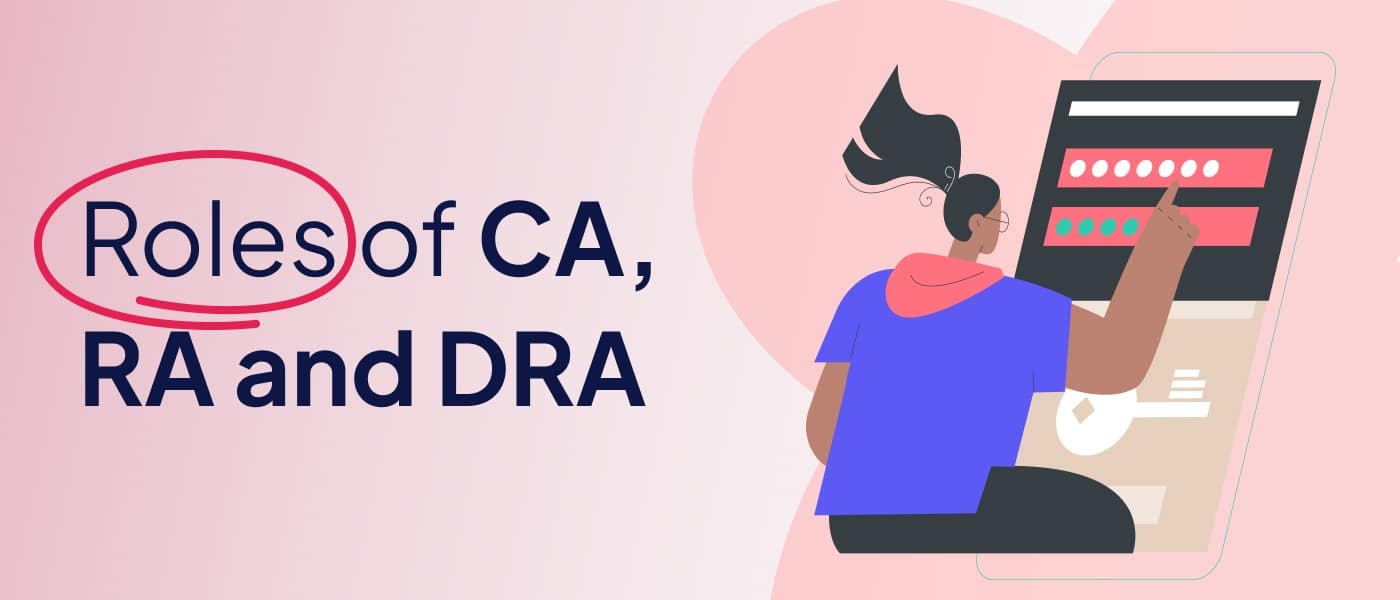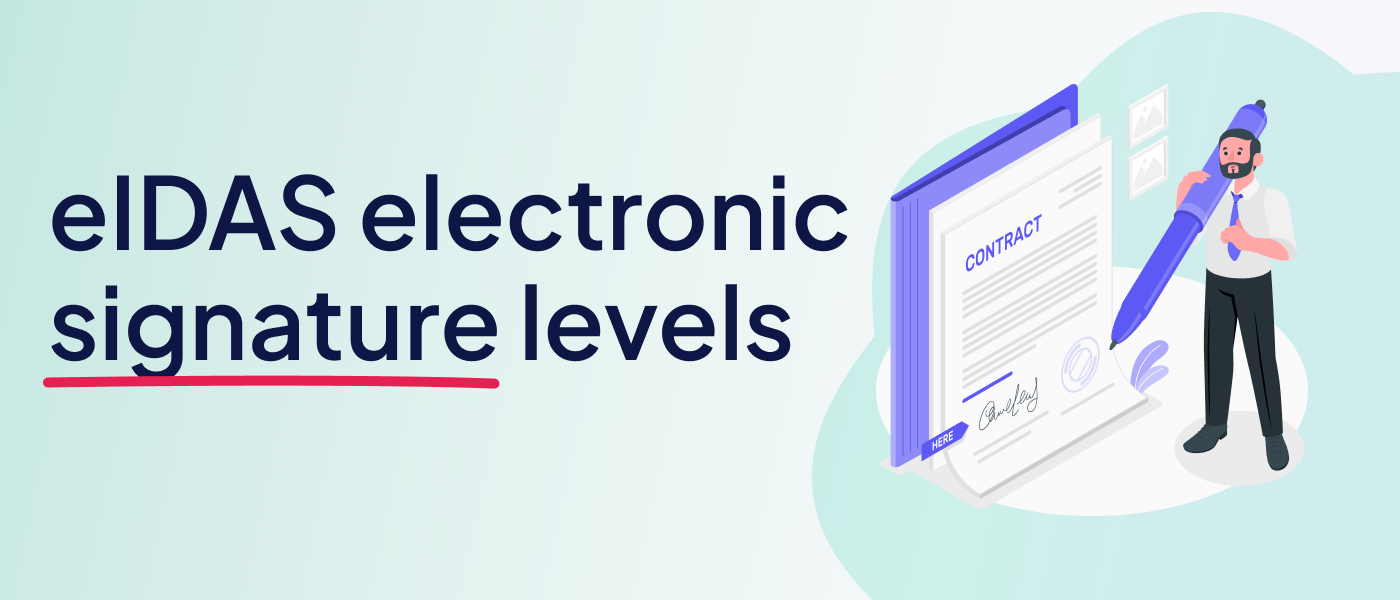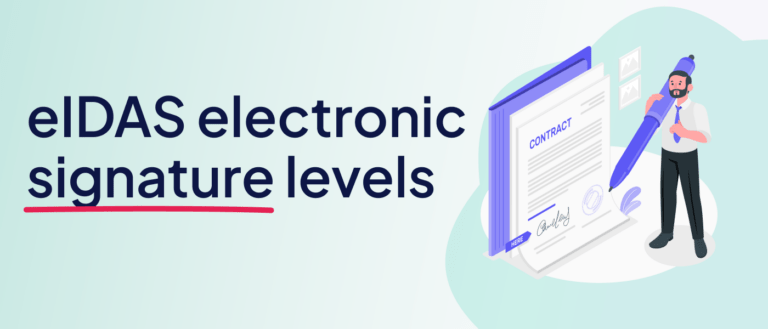Partager :

The Digital Triad: Exploring the Roles of CA, RA, and DRA in e-Identity Verification
In the world of e-Identity and trust services, three entities often come to the fore: the Certification Authority (CA), Registration Authority (RA), and Delegate Registration Authority (DRA). But what are these roles, and how do they work together in maintaining the integrity of our digital interactions? Drawing from QuickSign’s deep expertise in eIDAS compliant services, let’s navigate through these roles and their significance.
Certification Authority (CA)
The Certification Authority, or CA, is a trusted entity that issues and manages digital certificates. These certificates validate the identity of the certificate holder and provide the key for encrypting and decrypting messages. In essence, the CA is the cornerstone of trust in the digital world.
Registration Authority (RA)
The Registration Authority, or RA, is responsible for verifying the identity of entities applying for a digital certificate. This can include checking proof of identity or other credentials. The RA doesn’t issue certificates itself but serves as a trusted agent of the CA.
Delegate Registration Authority (DRA)
The Delegate Registration Authority, or DRA, acts on behalf of either the CA or the RA. They carry out specific tasks such as authentication, validation, and the revocation of certificates under the supervision and responsibility of the CA or RA. Delegates play a significant role in maintaining the smooth operation and integrity of the certification process.
The Interplay of CA, RA, and DRA
The CA, RA, and DRA work in harmony to ensure secure digital transactions. The RA verifies the identity of an entity, the CA issues the digital certificate, and the DRA handle various tasks associated with the process under the umbrella of the CA or RA. Together, they form the backbone of digital trust and security.
Real life example of CA, RA and DRA roles in action
Take the example of a financial service providing car loans. The example takes place in a dealership with the qualified electronic signature. An agent is taking the customer through the signing of their contract.
- QuickSign, the RA in this case, will orchestrate the entire digital onboarding transaction ensuring that consent is provided, ID documents are processed and authentication of the DRA is correct.
- The agent plays the role of the DRA, working as a representative of the financial service in a dealership. They will take the customer through the digital onboarding process.
- The CA will be triggered via QuickSign to provide the digital certificate at the exact moment when the customer will sign their contract with the financial service.
QuickSign: Embracing the Triad in Digital Onboarding
At QuickSign, we incorporate the principles of the CA, RA, and DRA within our digital onboarding platform. With AI-powered KYC compliant services, automated document validation, and eIDAS-defined electronic signatures, we facilitate a secure, seamless onboarding process for financial services.
In conclusion, the roles of CA, RA, and DRAs are essential for establishing trust and maintaining security in digital transactions. As digital interactions continue to become more complex and integral to our lives, understanding these roles is paramount. At QuickSign, we remain committed to embodying these principles as we continue to revolutionize digital onboarding.
For information on how QuickSign can apply electronic signatures for your needs, see our platform:
Written by Ahmed B.
More posts on this topic





